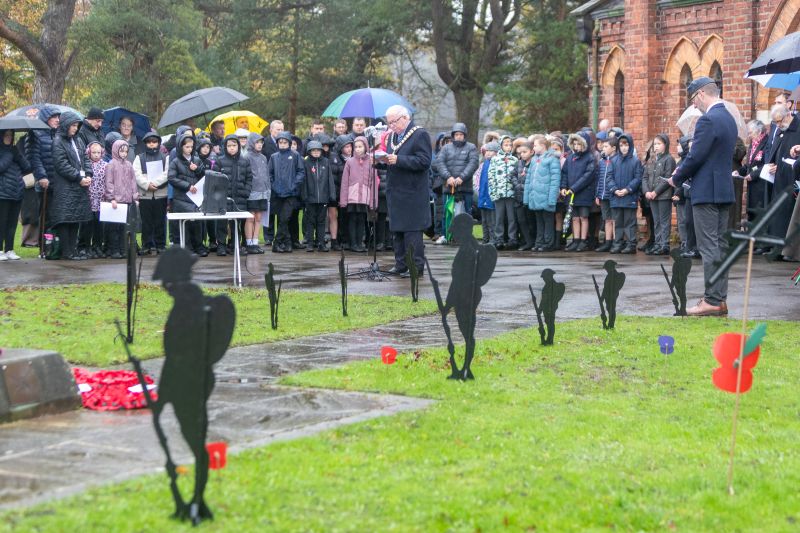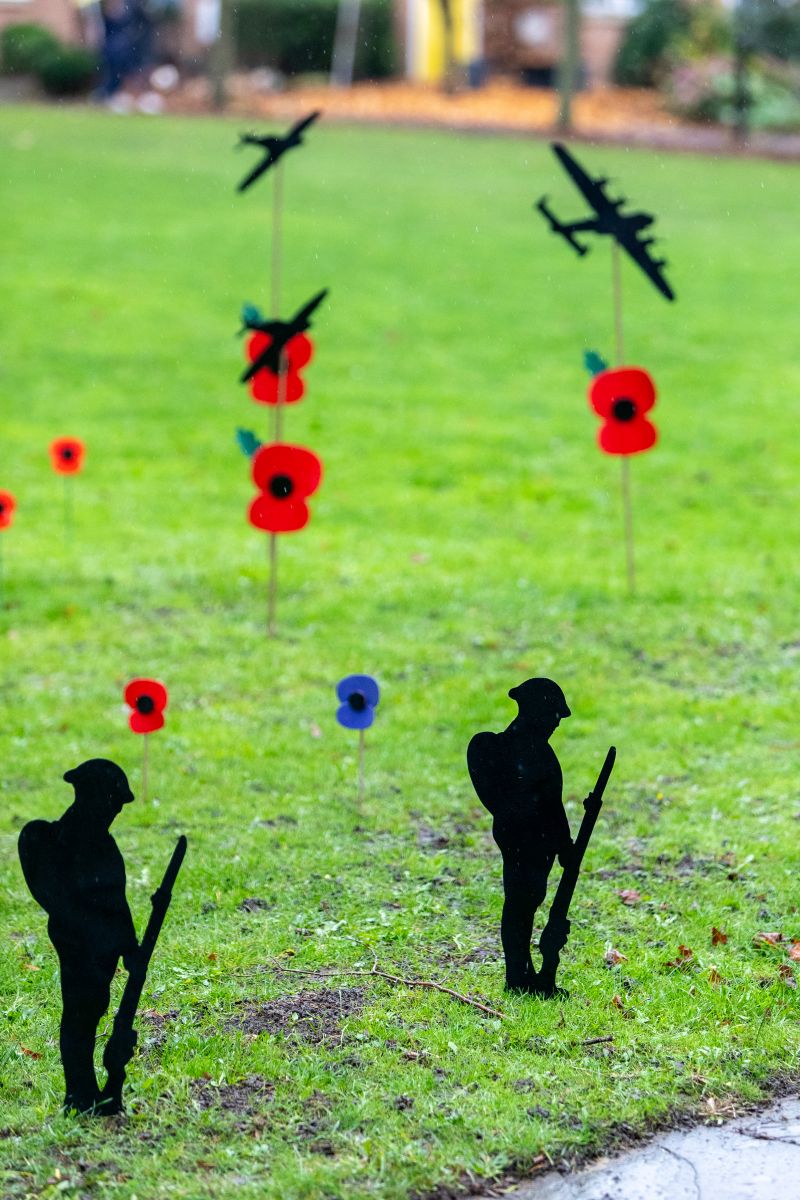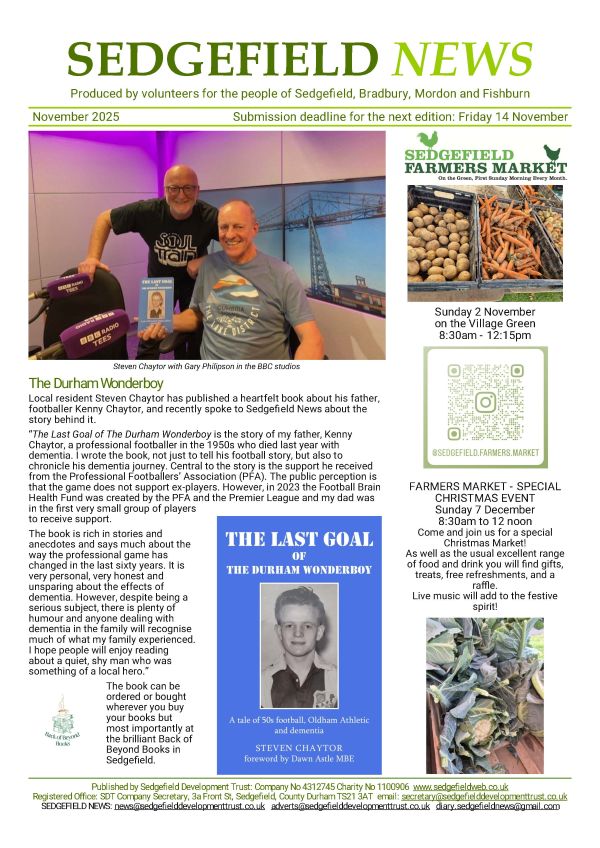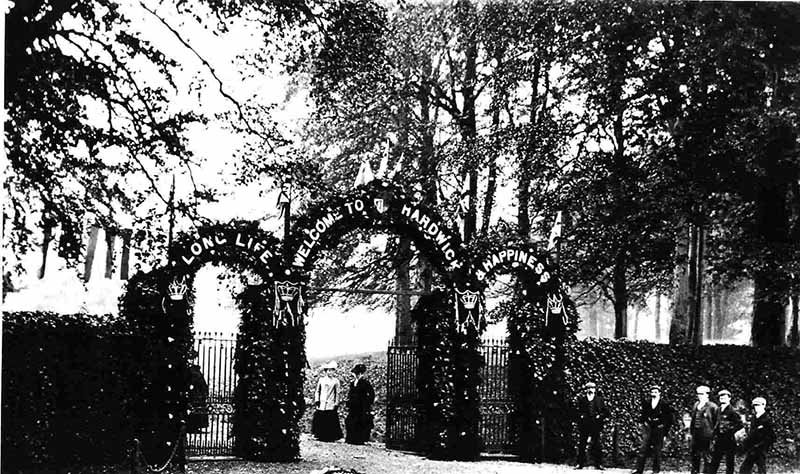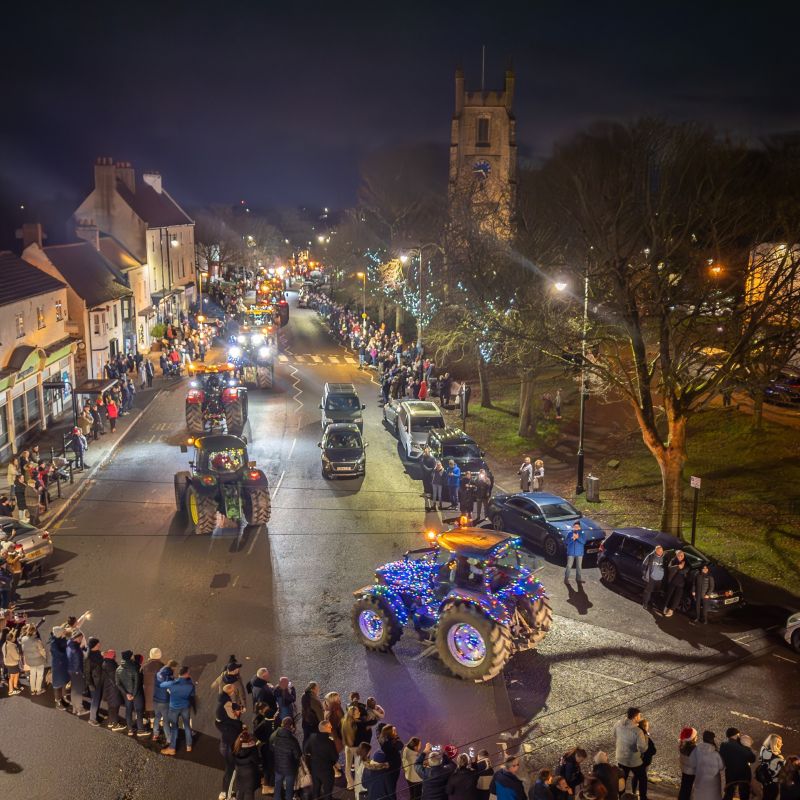
The popular Christmas Tractor Run returns on Sunday 21 December as Sedgefield Young Farmers hit the streets in aid of Zoe’s Place Baby Hospice.
Tractors are meeting at Hardwick Hall Hotel between 3pm and 4pm where there will be a bar and food van available. The approximate timings for the procession are:
Leave Hardwick Hall 4:30pm
Station Road, Sedgefield 4:35pm
Sedgefield High Street 4:35pm
Fishburn 4:50pm
Trimdon Village 5:05pm
The Black Bull, Trimdon 5:05pm
Trimdon Colliery 5:15pm
88 Takeaway 5:25pm
West Cornforth 5:50pm
Bishop Middleham 6:10pm
Station Road (on return) 6:30pm
Return to Hardwick Hall 6:40pm
There will be a team out on the night with donation buckets around the whole route and a JustGiving page will be available closer to the time. Follow Sedgefield Young Farmers on Facebook for updates.
Zoe’s Place Baby Hospice supports babies and young children who have complex illnesses or disabilities from birth to age five. They work to ensure that very unwell children can enjoy the best possible quality of life and we support their families throughout their journey. You can learn more about the hospice at www.zoes-place.org.uk.

